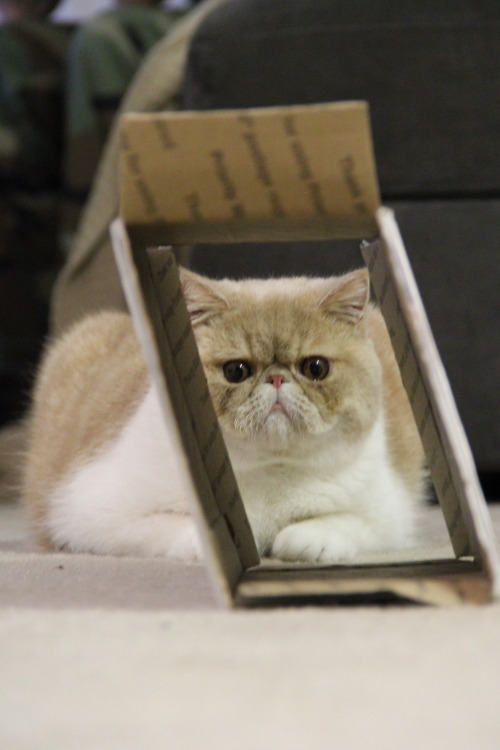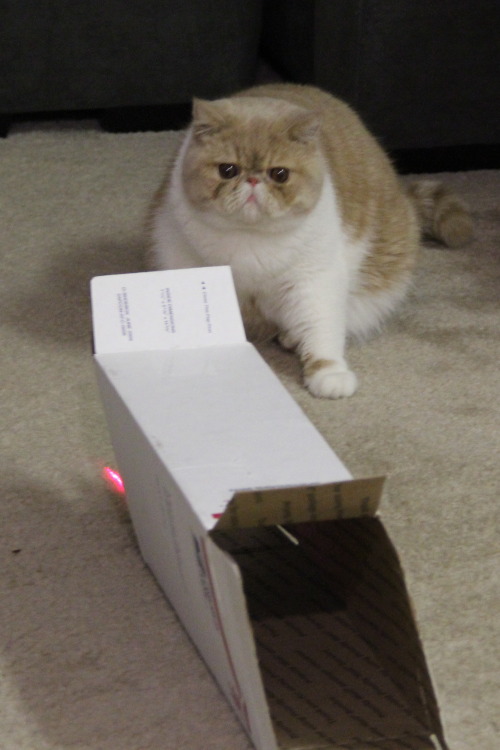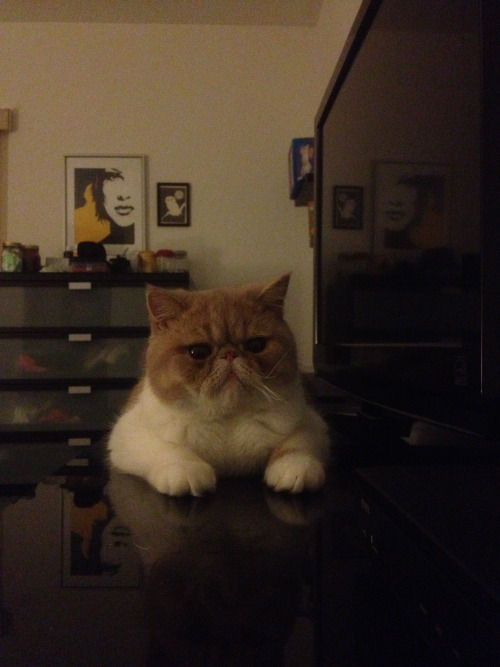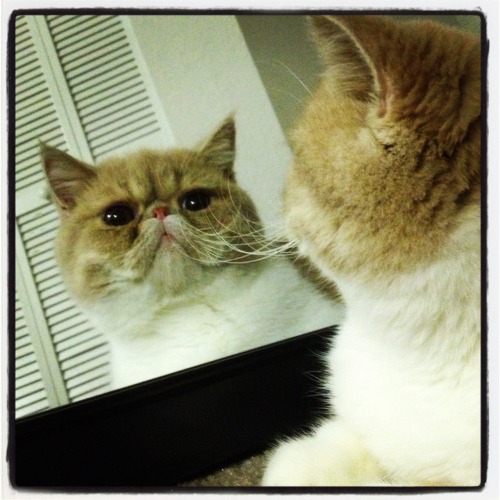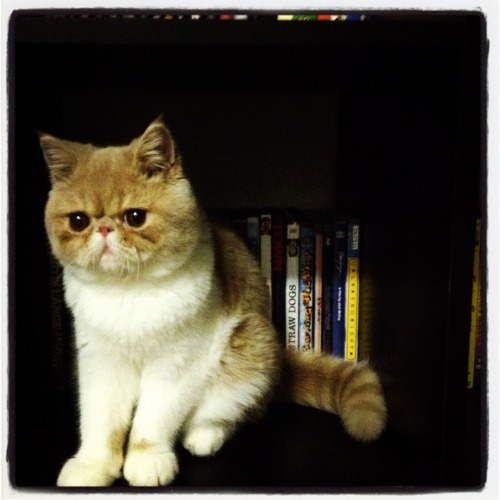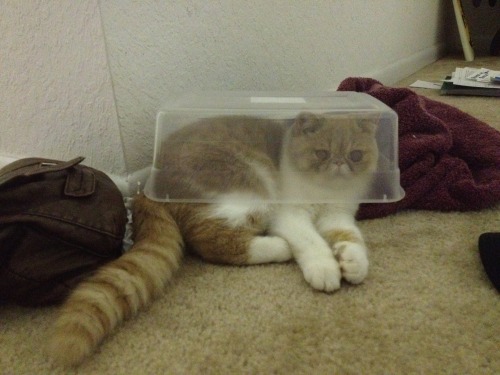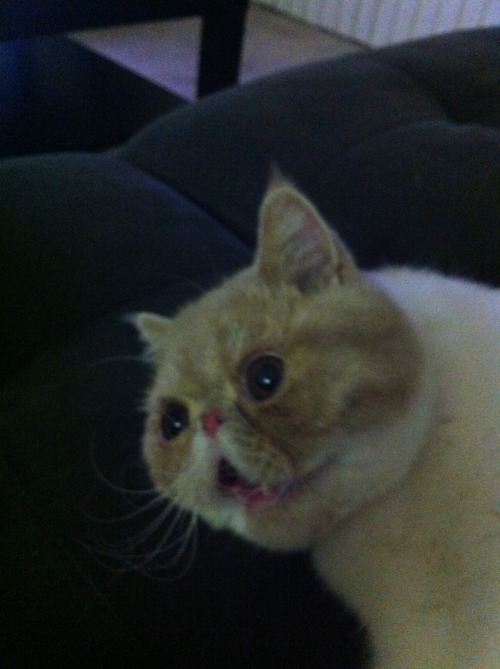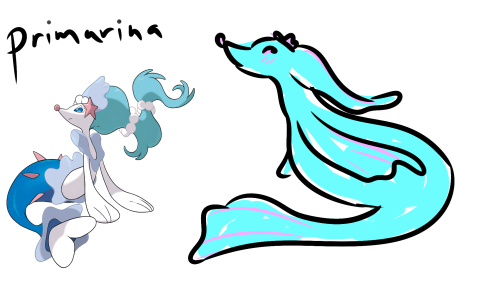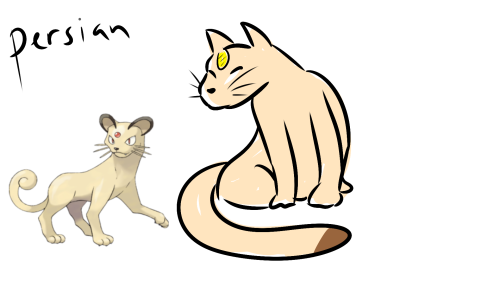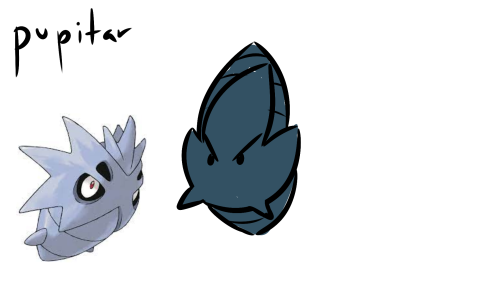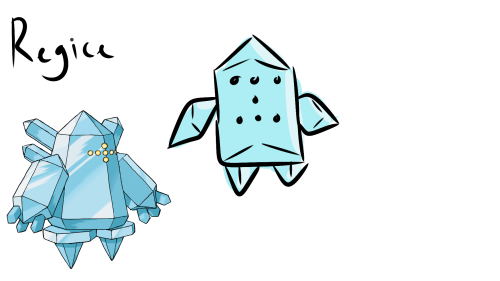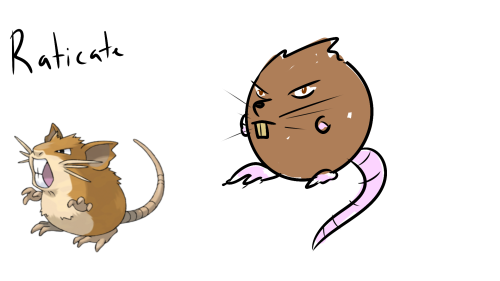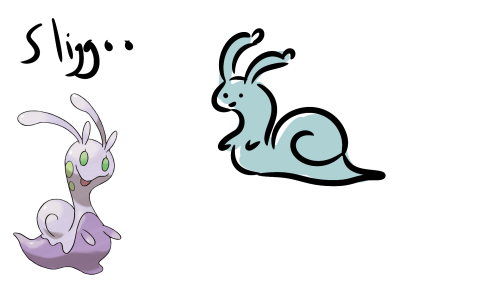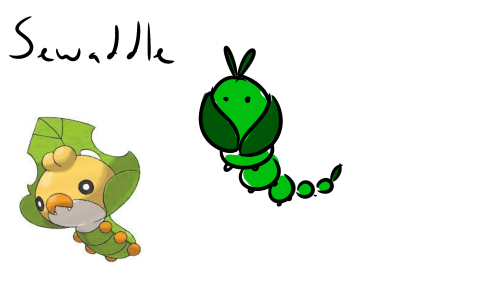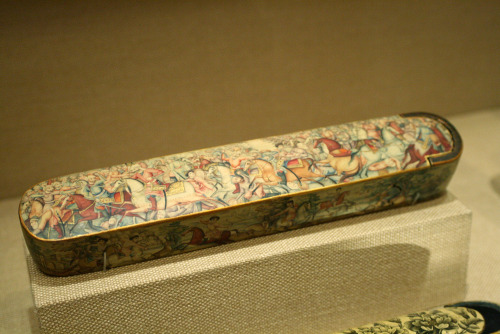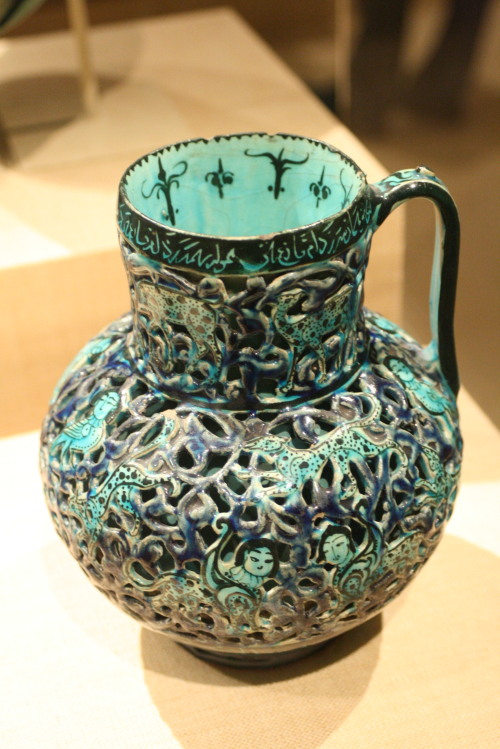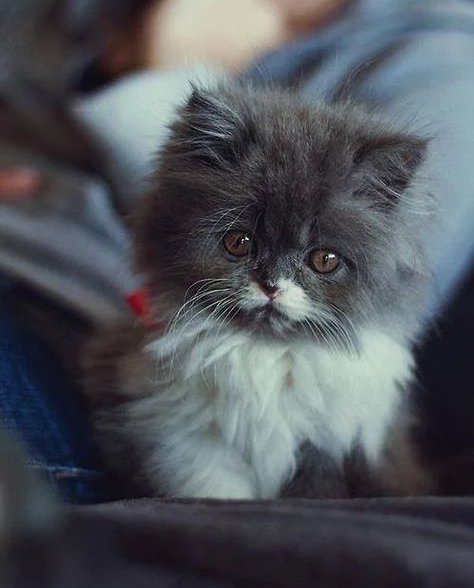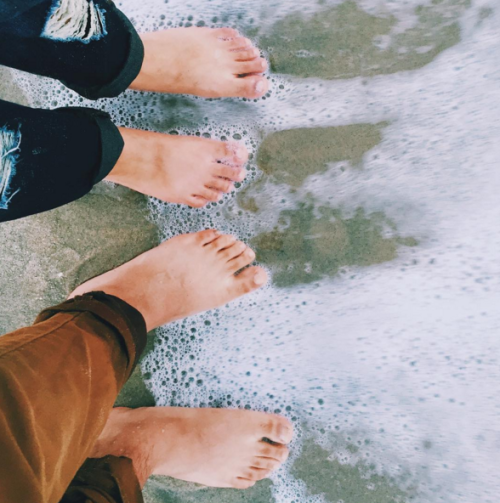#persian
Rondo’s facebook page is up and going so spread the word. So click on the photo for his link. Today he is busy trying to cuddle and run around crazy.
Post link
CRAZY CAT! Rondo makes the craziest faces when he gets excited. Follow him on facebook @ rondotheexotic
Post link
Pen Box (Qalamdan) Depicting Shah Isma'il in a Battle against the Uzbeks
Object Name: Pen box
Date: early 19th century
Geography: Iran
Culture: Islamic
Medium: Papier-maché; painted and lacquered
Painted in a harmonious palette of pastels with touches of gold on a cream-colored background, this pen box is an unusual and sensitively drawn example of Persian lacquer from the dawn of the nineteenth century, possibly by the master court painter Mirza Baba (active 1780s–1810) or an artist in his circle. The top depicts one of the battles between the first Safavid ruler, Shah Isma'il I (r. 1501–24), and the Ottoman Turks in the second decade of the sixteenth century, possibly the Battle of Chaldiran of 1514. In the foreground, the two armies are shown in fierce battle against a row of cannons, at the time the ultimate symbol of the modern military. In the scenes on the two sides, which continue onto the rounded ends, men on horseback, accompanied by dogs, hunt bears and gazelles in a delicately painted Europeanizing landscape with buildings. The details of the landscape and architecture and the rendering of the figures and animals evince the continuation of the late Safavid Perso-European style into the early nineteenth century.
Post link
Pierced Jug with Harpies and Sphinxes
Ewer
A.H. 612/ A.D. 1215–16
Iran, probably Kashan
Stonepaste; openwork decoration, polychrome painted under turquoise glaze
This jug has a carved and pierced outer shell that surrounds a solid inner container. The openwork with harpies, sphinxes, quadrupeds, and scrolls was first painted with touches of black and cobalt blue, and then the entire jug was covered in a turquoise glaze. The Persian verses around the rim were written by the poet Rukn al‑Din Da'vidar Qummi, and an anonymous love poem near the base includes the date of production.
Post link


